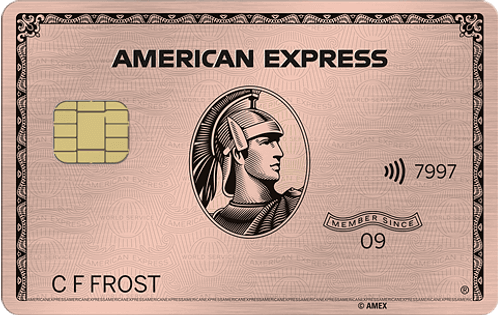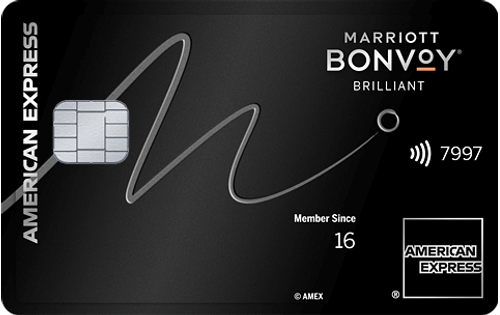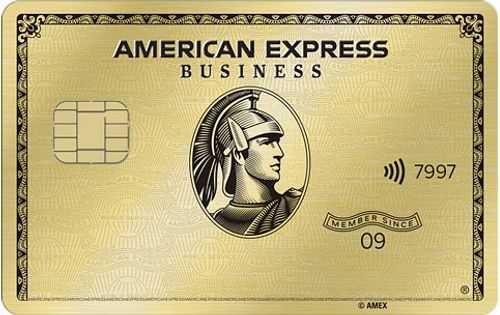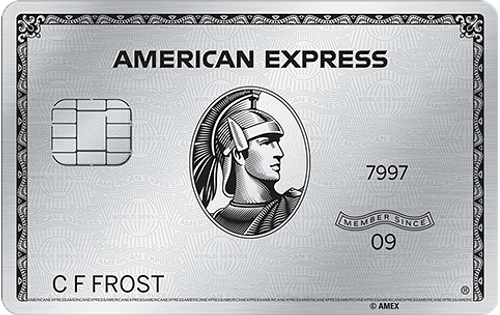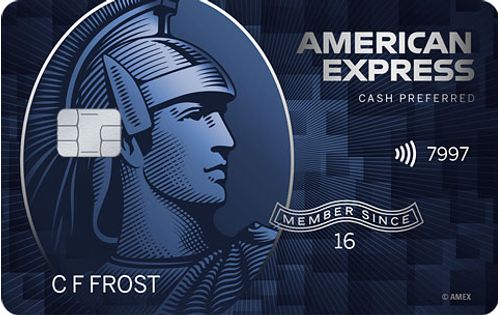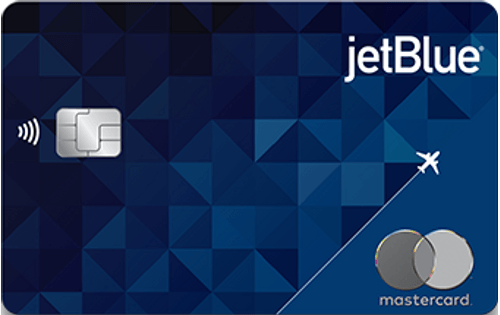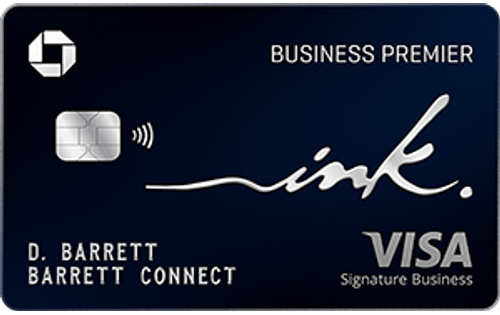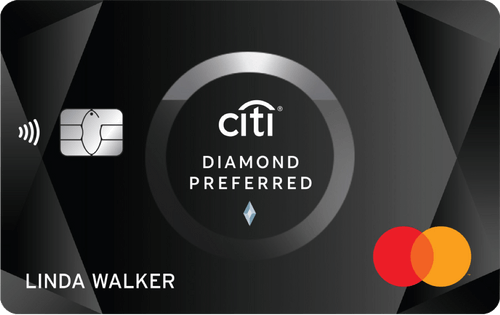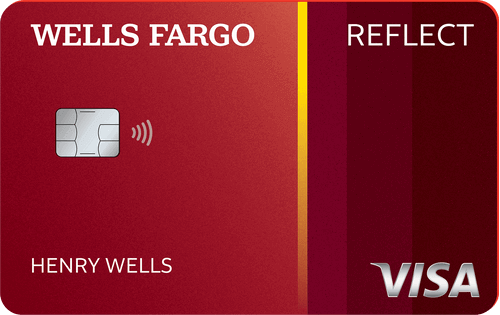| Credit Card | Best For | Annual Fee | Rewards Rate |
| Chase Sapphire Preferred® Card | Reward Points | $95 | 1 - 5 points per $1 |
| American Express Platinum Card® | Preset Card Designs | $895 | 1 - 5 points per $1 |
| Blue Cash Preferred® Card from American Express | Gas & Groceries | $0 intro 1st yr, $95 after | 1 - 6% cash back |
| Regions Prestige Visa® Signature Credit Card | Custom Card Design | $0 | 1 - 3 points per $1 |
| American Express® Gold Card | Metal Card | $325 | 1 - 4 points per $1 |
| Marriott Bonvoy Brilliant® American Express® Card | Hotel Rewards | $650 | 2 - 6 points per $1 |
| American Express® Business Gold Card | Business | $375 | 1 - 4 points per $1 |
Methodology for Selecting the Best Looking Credit Cards
WalletHub’s editors track 1,500+ credit card offers, including any new credit cards to hit the market, the best deals, promotions and more. In other words, we have our fingers on the pulse of what’s hot with credit cards. As a result, we know there are different types of cool credit cards, from those made of metal or other cool materials to cards with unique benefits and uncommonly lucrative rewards.
To help WalletHub users find the best looking credit cards, we regularly update this page based on our subjective opinions about how good looking the latest credit card offers are and how much each card is likely to save or cost the average user. More specifically, we use two-year cost (negative numbers indicate savings) as a tiebreaker for cards that are similarly good looking.
How Two-Year Cost Is Calculated
Two-year cost is used to approximate the monetary value of cards for better comparison and is calculated by combining annual and monthly membership fees over two years, adding any one-time fees or other fees (like balance transfer fees), adding any interest costs, and subtracting rewards. Negative amounts indicate savings. When fees or other terms are presented as a range, we use the midpoint for scoring purposes.
Rewards bonuses and credits have been taken into account for two-year cost calculations. However, bonuses applicable to only a very small portion of cardholders are not considered. For example, credits and bonuses awarded for spending or redeeming rewards through a company portal with non-co-branded cards have not been taken into account. Similarly, bonuses and credits related to spending with specific merchants using a non-co-branded card have not been taken into account (for example, if Card A offers credits with DoorDash, this feature would not be factored into calculations because it is hard to assess how many cardholders would use the benefit or exactly how much value they'd get from it).
Cardholder Spending Profiles
Given that different users have different goals and are likely to use their credit cards differently, we identified spending profiles that are representative of different users’ financial priorities and behaviors. For each cardholder type, we have assumed a specific amount of monthly spending by purchase type (e.g., groceries, gas, etc.), as well as an average balance, balance transfer amount, amount spent on large purchases and average monthly payment. Spending assumptions are based on Bureau of Labor Statistics data.


